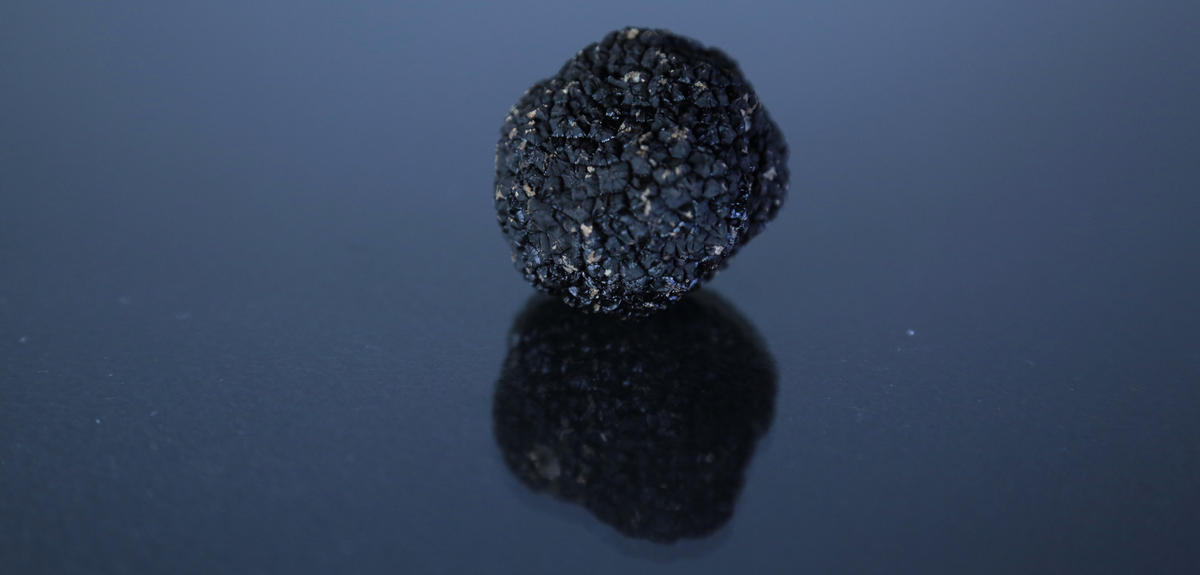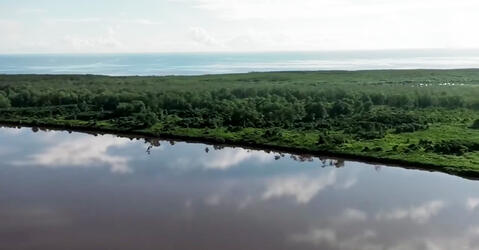It is known as the “black diamond”. Delicate, elegant, yet complex… its aroma is an enchanting spell for gourmets all over the world. The black truffle is among the most noble ingredients to be found. Coveted and precious, this mushroom sells at several hundreds of euros a kilo.
One of the main reasons for its rarity and price is that truffles still resists domestication.
Gilbert Serane, truffle farmer
To grow truffles, we work instinctively. Intuition is the main tool of the truffle farmer: we do what we feel we should do, but there is always a chance we are completely wrong.
We are in the South of France, near Montpellier, with one of the farmers who opened his truffle patch to Science. Despite generations of trials and decades of agronomical research, the truffle and its life cycle remain largely veiled in mystery.
Gilbert Serane
Truffle farming is kind of random, because we are not sure of what the conditions for the mushroom’s birth and growth are. So sometimes we have a baby and we do not know how to feed it, we do not know if it drinks milk or something else… It is complicated.
Today, these researchers are visiting the truffle patch to understand the reproduction mechanisms of this elusive mushroom, which has highly complex system for determining its sex.
Marc-André Selosse, Ecologist, mushroom specialist
The part that is commercially known as the truffle, is actually the mushroom’s reproductive organ. It is a little bit like the apple for the apple tree. It produces the spores that are going to be scattered around.
Elisa Taschen, Soil microbiologist
For a long time, we believed that truffles self-fertilized, but for less than ten years we have known that this mushroom has a sexual reproduction mechanism. What I hold in my hand is the fruit of this reproduction. In these spores, we detect the presence of more than two individuals and we can deduce the father’s genotype, his signature.
So spores, the black, edible part, retain the only trace of a seemingly untraceable father… As for the mother, it is the white flesh that hosts and feeds the spores, as well as the network of underground filaments linking the truffle with the roots of surrounding trees, where it feeds itself.
To better understand these crucial differences between maternal and paternal individuals, Elisa Taschen and her colleagues have gathered more than 900 truffle samples.
These samples were collected from the edible part of truffles or from the roots of plants and trees of the truffle patch, then sent to a laboratory.
Some of the samples were sent here, to the French National Museum of Natural History, to be prepared for sequencing.
Thanks to genetics, the researchers can identify the different individuals present in each studied site, and outline the main lifestyle differences between mothers and the evasive fathers.
Marc-André Selosse
Mothers, forming the flesh and part of the spores, are present in the patch for several years and occupy large surfaces on the roots of surrounding plants. On the contrary, fathers are small – they are almost never the same from one truffle to the other. They are not perennial but annual, we never find them the next year. They are nowhere to be found in the environment, including on the roots, so we do not know where they really live in the environment.
Depending on the context, a truffle spore can either develop into a male or a female individual. There is no genetic distinction, unlike mammals for instance. But for fertilization to happen and for an edible truffle to develop, specific conditions are required and we are just starting to understand which ones…
Elisa Taschen
We finally found out that the mother and father are very close genetically, there is great consanguinity. The father is probably present in the environment, he does not come from the other end of the truffle patch, and he must be present locally, not on the roots. So the current prevailing hypothesis is that the father is present as a spore in the soil. So the spores from the soil’s spore bank will germ quickly and contribute to fertilize the maternal individual present on trees.
So we have these relations between Mother, father or even brother: the surprising sexual behaviors of the truffle has many more mysteries to tackle… But it is only through better understanding the life cycle of this mushroom that we can hope to domesticate it and maybe see truffles, one day, become a common ingredient for creative cooks everywhere.





